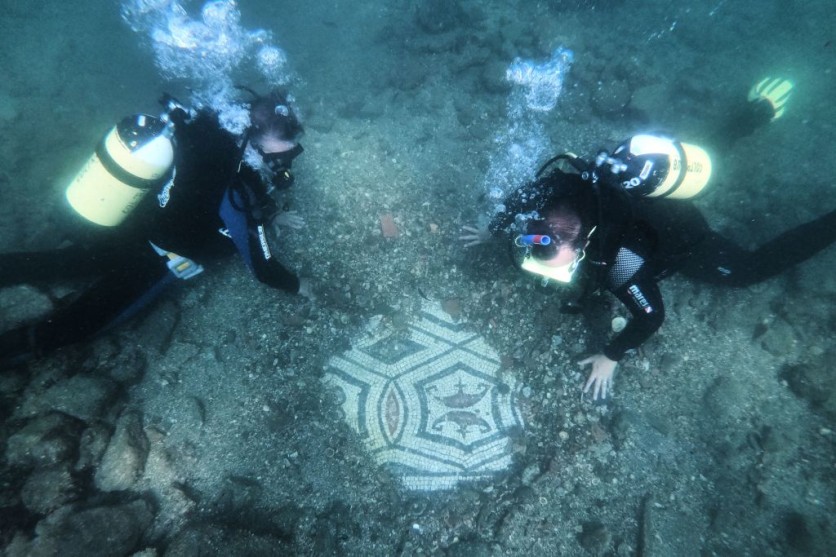Archaeologists from the University of Bradford have embarked on a new mission to uncover an ancient lost civilization buried under the North Sea, using magnetic data to detect anomalies in the Earth's magnetic field that could indicate the presence of ancient remains, according to a report by The Jerusalem Post.

The Mysterious Doggerland
The area of interest, known as Doggerland, was once a stretch of land that connected mainland Europe with the eastern coast of Great Britain, approximately 12,000 years ago. The region was buried at the bottom of the ocean by global warming that marked the end of the last ice age.
The University of Bradford's team, which already has a project dedicated to studying Doggerland, is now focusing on utilizing magnetometry to explore an underwater landscape.
This research method has primarily been used by terrestrial archaeologists, and this will be one of the few attempts to use it to examine an underwater environment.
According to National Geographic, human settlements once existed in Doggerland, based on the evaluation of tools and other artifacts embedded in the sea floor.
However, most of the artifacts discovered thus far have been encountered by chance, which means that knowledge of Doggerland's ancient inhabitants remains elusive.
Ph.D. student Ben Urmston is leading the new mission, looking for magnetic anomalies that could indicate the presence of ancient remains. "Small changes in the magnetic field can indicate changes in the landscape, such as peat-forming areas and sediments, or where erosion has occurred, for example, in river channels," explained Urmston.
The team's research will be crucial as offshore wind farming companies have begun to compete for Doggerland real estate, which could soon make parts of the area entirely inaccessible to scientists.
The United Kingdom, along with dozens of other nations, pledged to reach net-zero carbon emissions by 2050, which includes expanding offshore wind power.
Lost Civilization
The University of Bradford archaeologists are collaborating with climate scientists and engineers to obtain as much information about the mysterious Doggerland.
According to Urmston, middens-trash piles comprised of animal bones, mollusk shells, and other organic materials-could also be discovered. It is worth noting that Middens can disclose a lot about past habitations.
Doggerland was one of the most resource-rich and ecologically diverse regions between approximately 20,000 BCE - 4,000 BCE, according to the university report. The team's upcoming journey could reveal new information about this lost civilization, shedding light on the lives and activities of its ancient inhabitants.
Related Article : Archaeologists Find an Extremely Rare 1,300-year-old Gold and Gemstone Necklace From a Medieval Woman in England

ⓒ 2025 TECHTIMES.com All rights reserved. Do not reproduce without permission.




